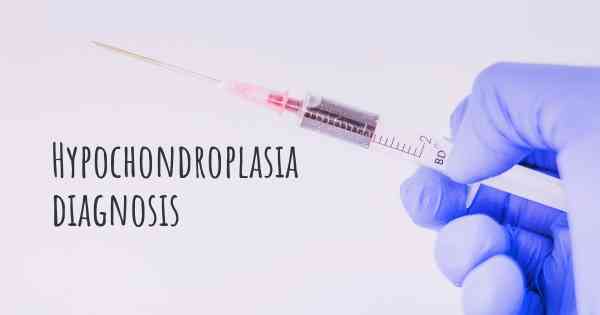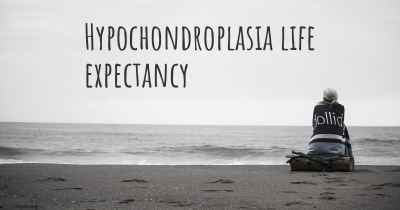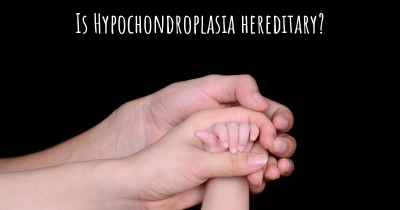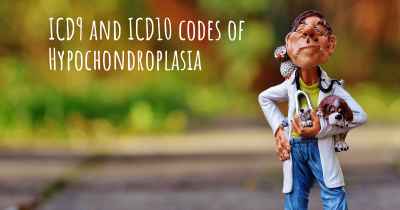How is Hypochondroplasia diagnosed?
See how Hypochondroplasia is diagnosed. Which specialists are essential to meet, what tests are needed and other useful information for the diagnosis of Hypochondroplasia

Hypochondroplasia is a genetic disorder characterized by short stature. It is caused by a mutation in the FGFR3 gene, which is responsible for regulating bone growth. This condition is similar to achondroplasia, but individuals with hypochondroplasia typically have milder symptoms and a less pronounced impact on their overall height.
Diagnosing hypochondroplasia involves a combination of clinical evaluation, physical examination, and genetic testing. The process typically begins with a thorough medical history review, including a discussion of the individual's growth patterns and any family history of short stature or skeletal abnormalities.
Physical examination plays a crucial role in diagnosing hypochondroplasia. The doctor will carefully assess the individual's height, body proportions, and skeletal features. Some common physical characteristics associated with hypochondroplasia include:
- Short stature: Individuals with hypochondroplasia are typically shorter than their peers, with a height below the average range.
- Disproportionate body: The limbs may be shorter in relation to the trunk, resulting in a stocky appearance.
- Macrocephaly: Some individuals may have a larger head size compared to their body.
- Mild facial features: Facial characteristics such as a prominent forehead, flattened nasal bridge, and a small nose may be present.
- Bowed legs: Some individuals may exhibit mild bowing of the legs.
If hypochondroplasia is suspected based on the physical examination, genetic testing is usually recommended to confirm the diagnosis. This involves analyzing a blood or saliva sample to identify the specific mutation in the FGFR3 gene. Genetic testing can detect the presence of the mutation in over 95% of individuals with hypochondroplasia.
It is important to note that hypochondroplasia can sometimes be challenging to diagnose, especially in mild cases or when there is no family history of the condition. In such instances, additional imaging studies may be performed to assess bone growth and skeletal abnormalities. X-rays of the limbs and spine can help identify characteristic features associated with hypochondroplasia, such as shortened long bones and abnormal vertebral shape.
Once a diagnosis of hypochondroplasia is confirmed, it is essential to establish a comprehensive management plan. This typically involves regular monitoring of growth and development, as well as addressing any associated medical issues that may arise. Genetic counseling is also recommended for affected individuals and their families to provide information about the condition, inheritance patterns, and potential recurrence risks in future pregnancies.








